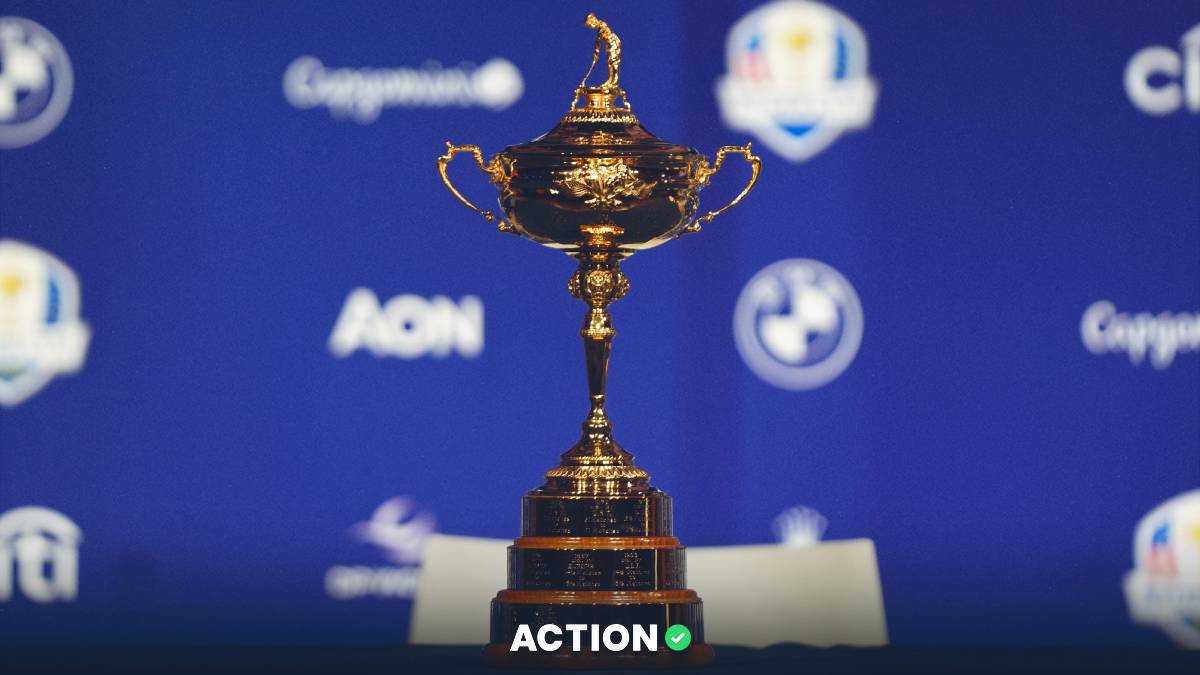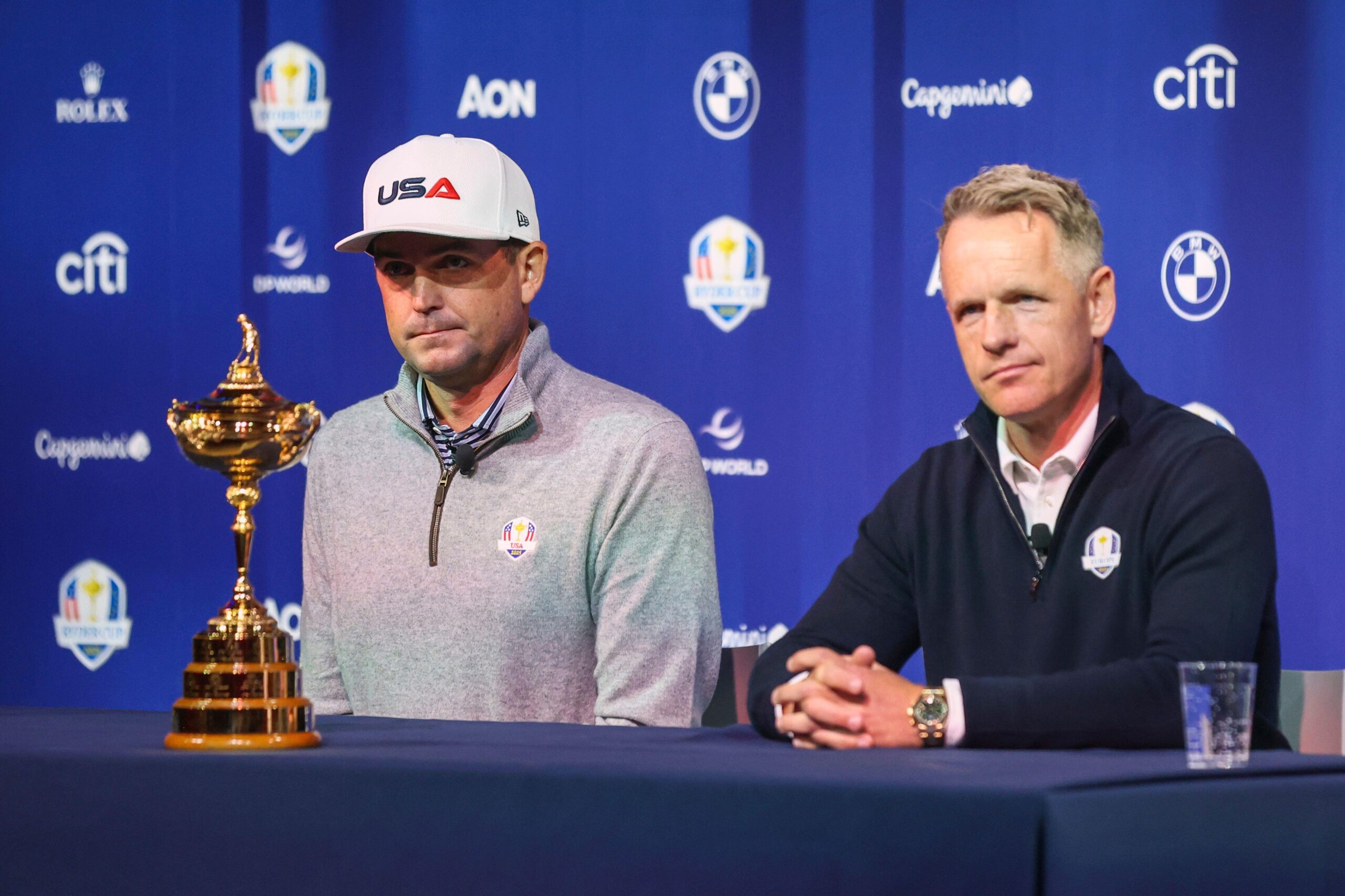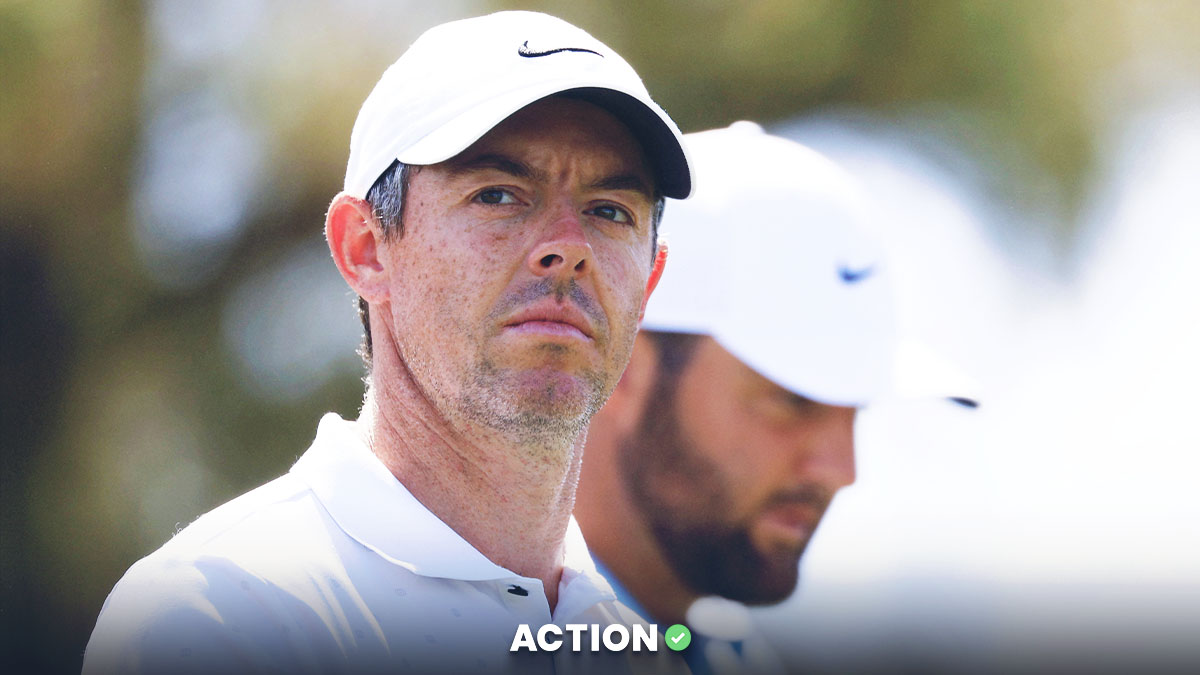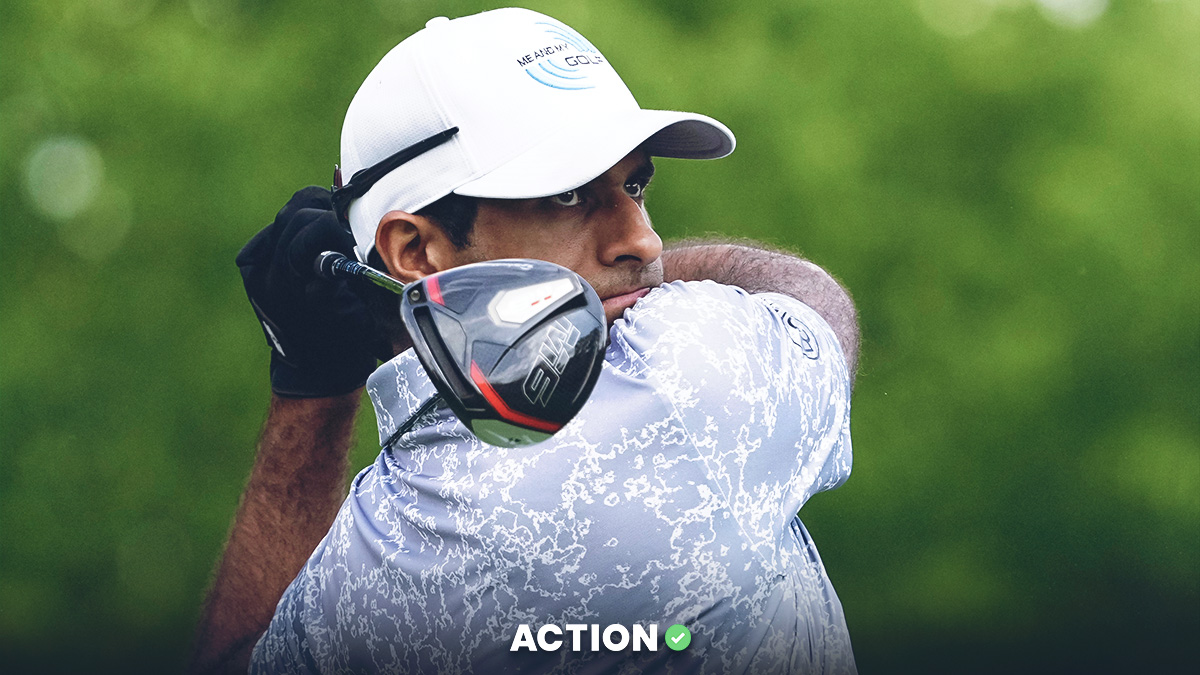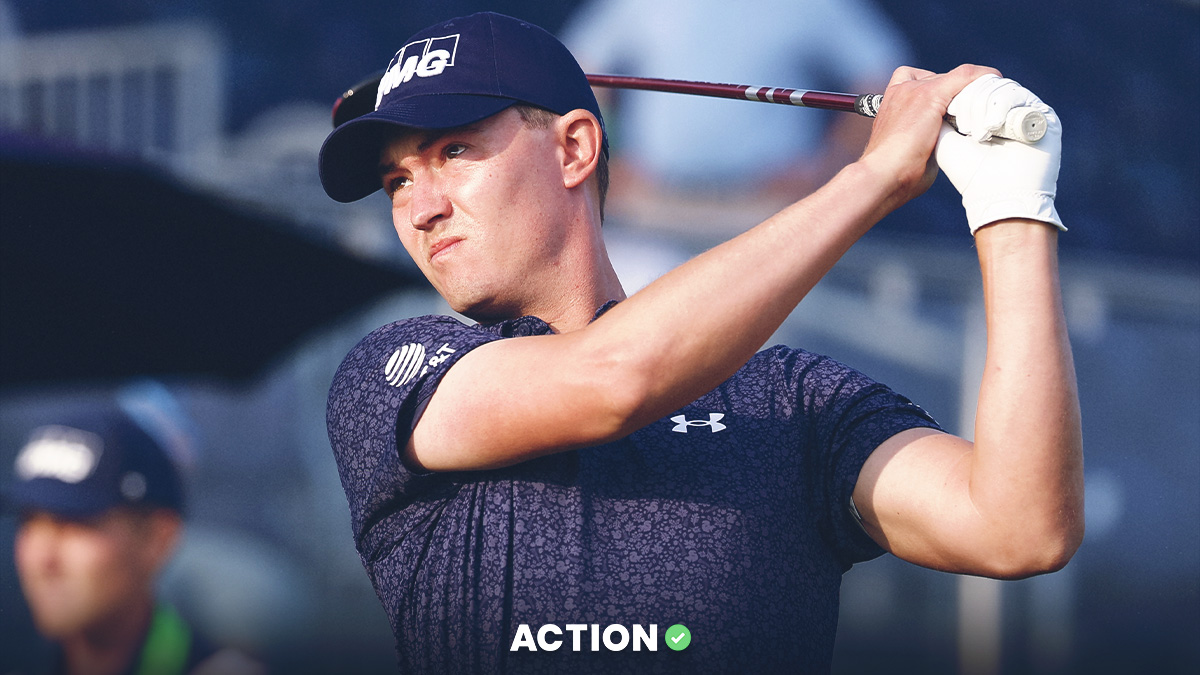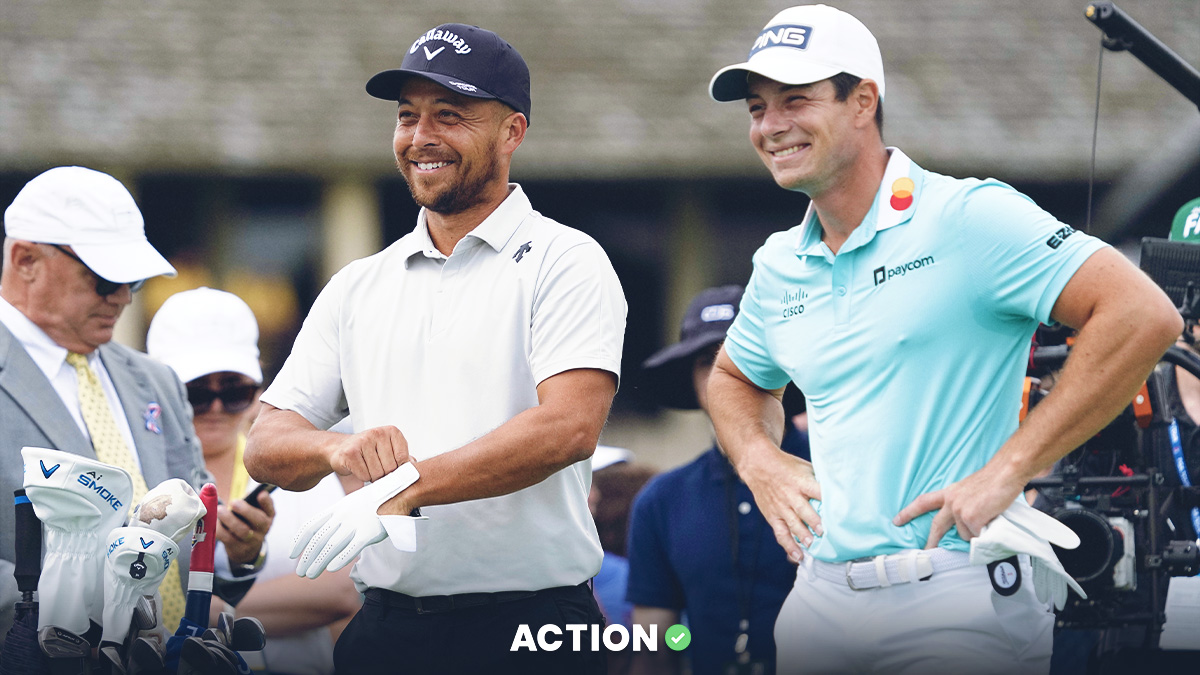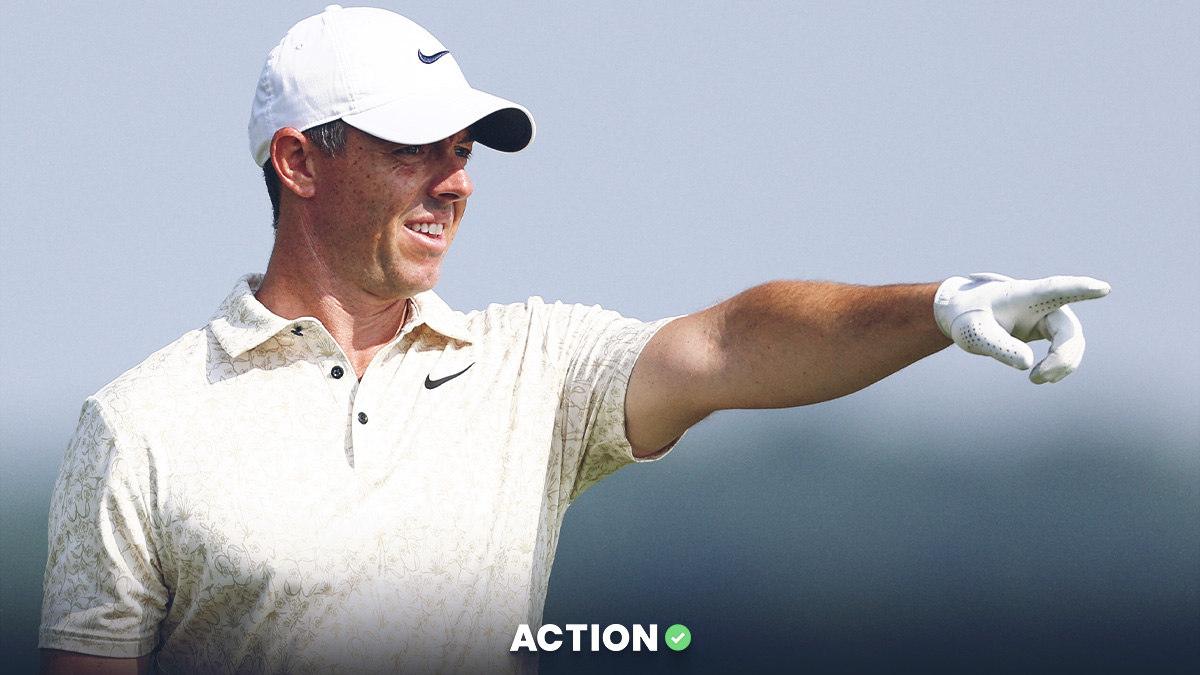With Tony Finau leading by four shots over Ben Taylor and seven strokes over Tyson Alexander, Justin Rose and Wyndham Clark, let's look for other routes to gain exposure to the board in round four.
There are a handful of golfers in DFS contests or head-to-head matchups who we should consider in some capacity, so let's dive into a few of those names.
If you aren't doing so already, you can find me on Twitter @TeeOffSports. There I will provide my pre-tournament model, a powerful and interactive data spreadsheet that allows user inputs to create custom rankings for golf. That sheet is free and released every Monday, so be sure to check it out and construct your own numbers from my database of information.
Options To Consider Fading:
Mackenzie Hughes
Welcome to my main takeaway this week, which has faltered at every turn. We saw that continue on Saturday when my matchup of the round involving Patrick Rodgers couldn't get across the finish line over the Canadian, but it is important to note the data has continued to paint a strong picture that regression is in store for Hughes at some point.
Hughes' negative-1.85 shots ball-striking places him 64th in this field out of 69 players who made the cut. He's also one of only three players who fell into a classification you don't want to belong to when looking at three specific factors. Those categories were golfers who …
- Graded outside the top 30 during all three rounds for strokes gained ball striking.
- Finished above expectation all three days on the leaderboard when considering baseline putting versus approach + driver metrics.
- Failed to produce better than 0.70 shots off the tee + approach in any round.
 I am willing to continue to go down with this ship since the data has failed to improve at any point this week. You might want to consider a golfer like Adam Hadwin over Hughes in round four.
I am willing to continue to go down with this ship since the data has failed to improve at any point this week. You might want to consider a golfer like Adam Hadwin over Hughes in round four.
Austin Cook
Nine golfers who ranked outside the top 100 in my model made the cut. That is an okay total from a long-term perspective since there are bound to be some misses here and there. However, I think the more noteworthy way to look at that data would be to see how many of those choices cracked the top 20 of the leaderboard after three rounds.
My model pinpointed only Austin Cook and Tyson Alexander in that range (when I eliminated all non-qualifiers for that criteria), but the main difference between Alexander and Cook is that one seems to have earned his spot on the leaderboard, and the other is performing well above expected value in the more easily handicapped metrics.
Cook's negative-0.30 ball-striking total puts him 20 places above his anticipated spot on the leaderboard. Additionally, the 6.45 shots he's gained putting is 5.79 strokes above his baseline output in my two-year running model.

Options To Consider Playing:
Adam Hadwin
We will never know how things might have played out differently this weekend at Memorial Park if Adam Hadwin could have produced any semblance of a short game over the opening three rounds.
Hadwin's 11.15 shots earned ball-striking has him ranked 2.60 strokes better than our current leader, Tony Finau. We saw a similar trajectory when I recalculated the leaderboard to include baseline putting to go along with all other metrics for the event. That produced a new projected top name on the list, which said the Canadian should be leading by 1.52 shots before rounding the total in either direction. I wouldn't be shocked to see the 10th-best putter in my model on Bermuda fix the problem at some point tomorrow.
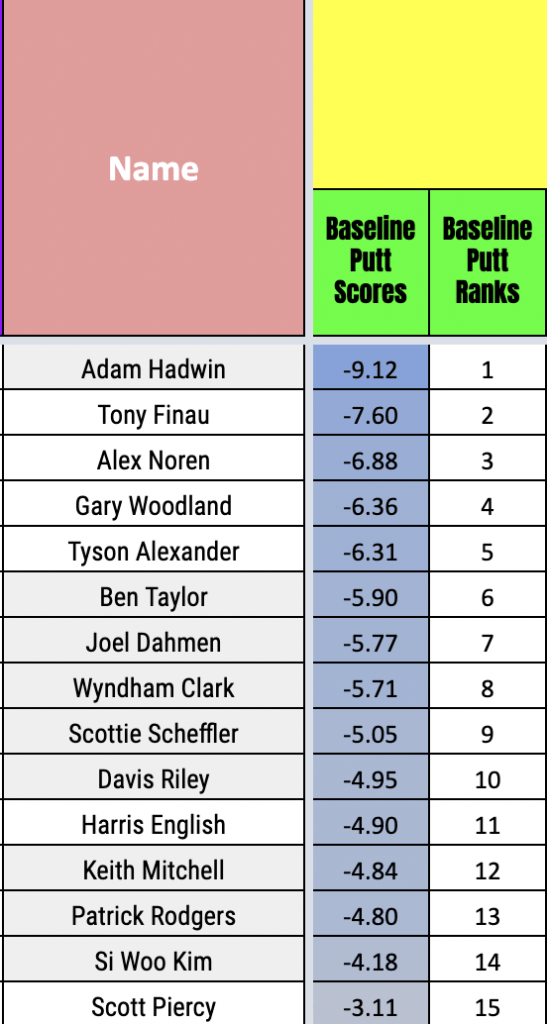
Harris English
The simple answer would be to cherry-pick this board and talk about Scottie Scheffler or Jason Day since my model loves their upside potential in round four. Instead, let's go a little outside the box and discuss why Harris English is someone you should be considering in some capacity.
English's profile isn't perfect since we have gotten an up-and-down nature from him over the past few months, but I looked into my model and tried to highlight all golfers who ranked inside the top 30 of my sheet. That helped to reduce some names that were qualifying in other areas. After I did that, I added a second filter to include each player who performed positively in all three non-putting metrics for the tournament.
I liked that distribution since it helped remove any outliers that my model didn't like from a pre-event stature. When doing that, one of my biggest takeaways was how English's unsustainable around the green increase wasn't propelling him when I removed it from the equation. That level of safety was intriguing for multiple reasons, and it shouldn't hurt that the market still seems slow to react regarding his potential turnaround.
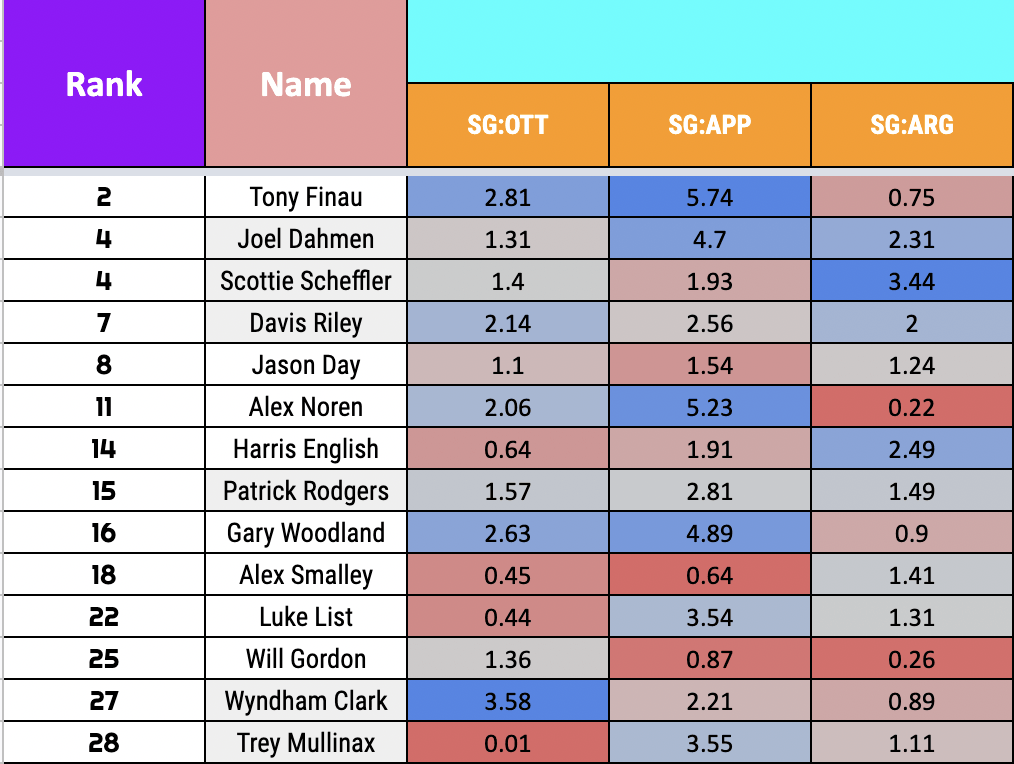
Keith Mitchell
My model registered seven players in this event who graded inside the top 30 all three days in ball striking. Five of those options were listed inside the top 15 of the leaderboard, but the two names to miss were Keith Mitchell and Si Woo Kim, both of whom my model believes will carry value in most markets entering the final round.

Mitchell's sixth-place pre-event tally in strokes gained on Bermuda and first-place grade in total driving should continue to pay dividends for him at Memorial Park. I love how his lack of high-end output on the leaderboard is dwindling his price in the market. Mitchell's upside is intriguing for DFS contests since his ceiling is higher than most of his counterparts. He is one of six players this week who has gained each day in driving and iron play.



